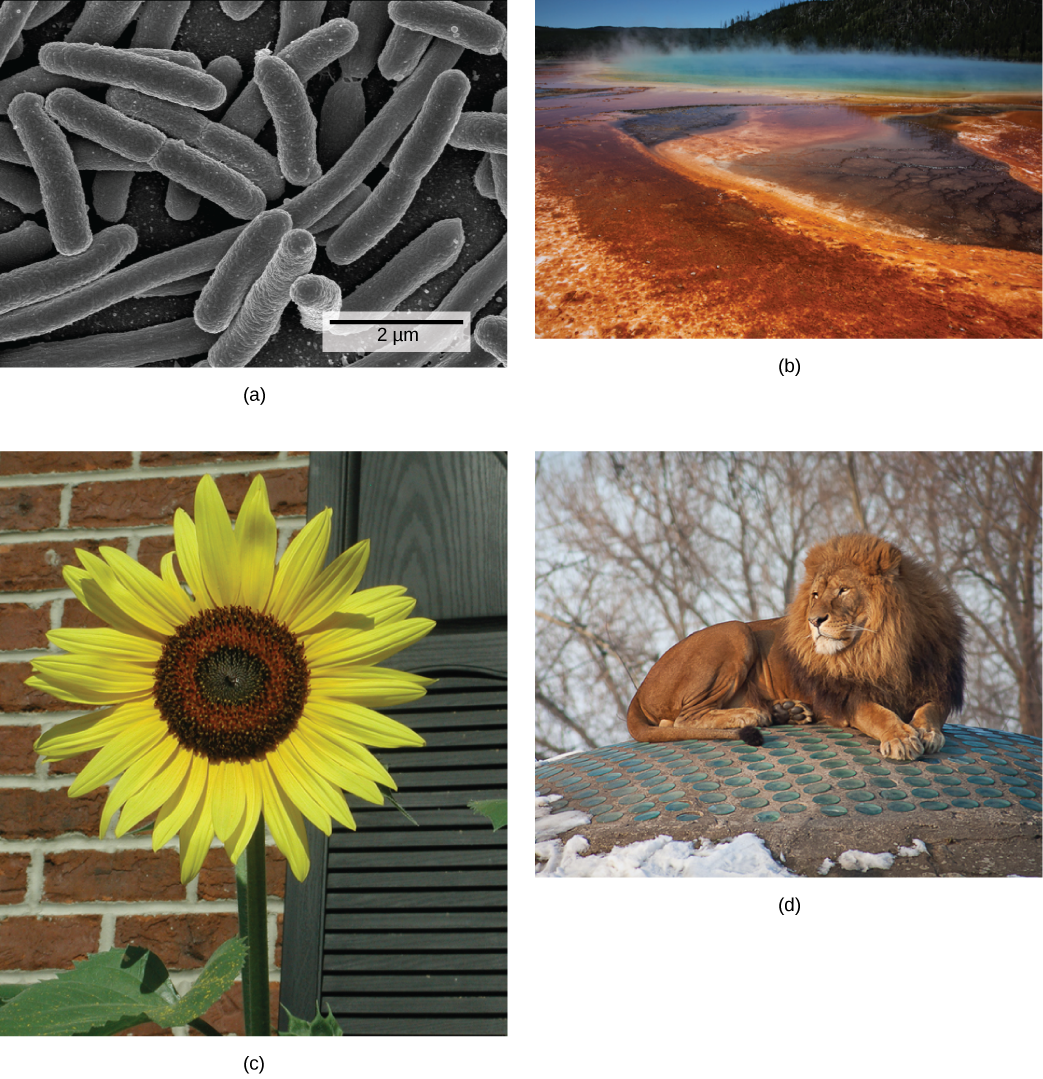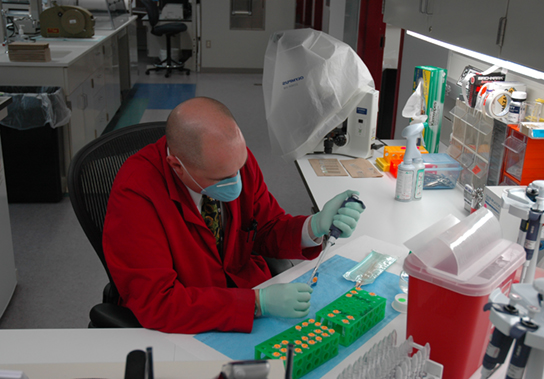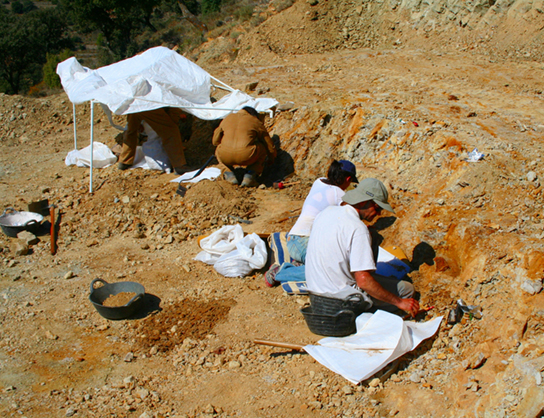| << Chapter < Page | Chapter >> Page > |
Woese’s tree was constructed from comparative sequencing of the genes that are universally distributed, present in every organism, and conserved (meaning that these genes have remained essentially unchanged throughout evolution). Woese’s approach was revolutionary because comparisons of physical features are insufficient to differentiate between the prokaryotes that appear fairly similar in spite of their tremendous biochemical diversity and genetic variability ( [link] ). The comparison of homologous DNA and RNA sequences provided Woese with a sensitive device that revealed the extensive variability of prokaryotes, and which justified the separation of the prokaryotes into two domains: bacteria and archaea.

The scope of biology is broad and therefore contains many branches and subdisciplines. Biologists may pursue one of those subdisciplines and work in a more focused field. For instance, molecular biology and biochemistry study biological processes at the molecular and chemical level, including interactions among molecules such as DNA, RNA, and proteins, as well as the way they are regulated. Microbiology , the study of microorganisms, is the study of the structure and function of single-celled organisms. It is quite a broad branch itself, and depending on the subject of study, there are also microbial physiologists, ecologists, and geneticists, among others.

Another field of biological study, neurobiology , studies the biology of the nervous system, and although it is considered a branch of biology, it is also recognized as an interdisciplinary field of study known as neuroscience. Because of its interdisciplinary nature, this subdiscipline studies different functions of the nervous system using molecular, cellular, developmental, medical, and computational approaches.

Paleontology , another branch of biology, uses fossils to study life’s history ( [link] ). Zoology and botany are the study of animals and plants, respectively. Biologists can also specialize as biotechnologists, ecologists, or physiologists, to name just a few areas. This is just a small sample of the many fields that biologists can pursue.
Biology is the culmination of the achievements of the natural sciences from their inception to today. Excitingly, it is the cradle of emerging sciences, such as the biology of brain activity, genetic engineering of custom organisms, and the biology of evolution that uses the laboratory tools of molecular biology to retrace the earliest stages of life on earth. A scan of news headlines—whether reporting on immunizations, a newly discovered species, sports doping, or a genetically-modified food—demonstrates the way biology is active in and important to our everyday world.
Biology is the science of life. All living organisms share several key properties such as order, sensitivity or response to stimuli, reproduction, growth and development, regulation, homeostasis, and energy processing. Living things are highly organized parts of a hierarchy that includes atoms, molecules, organelles, cells, tissues, organs, and organ systems. Organisms, in turn, are grouped as populations, communities, ecosystems, and the biosphere. The great diversity of life today evolved from less-diverse ancestral organisms over billions of years. A diagram called a phylogenetic tree can be used to show evolutionary relationships among organisms.
Biology is very broad and includes many branches and subdisciplines. Examples include molecular biology, microbiology, neurobiology, zoology, and botany, among others.
[link] Which of the following statements is false?
[link] Communities exist within populations which exist within ecosystems.

Notification Switch
Would you like to follow the 'Biology' conversation and receive update notifications?